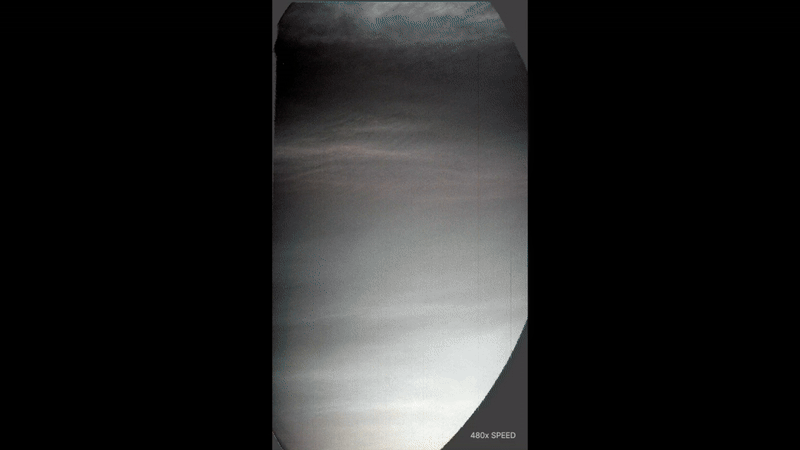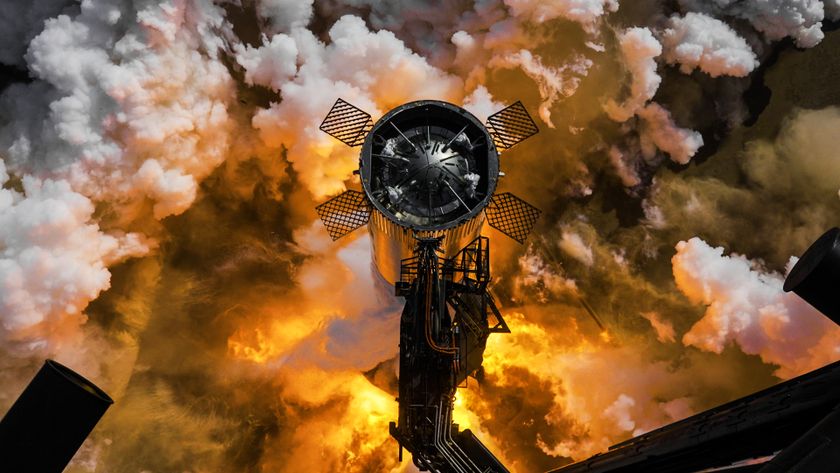5 Amazing Fireballs Caught on Video
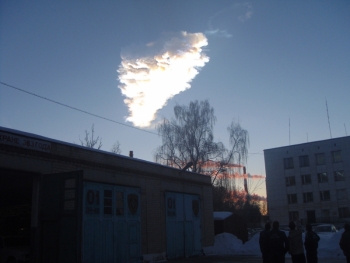
Introduction
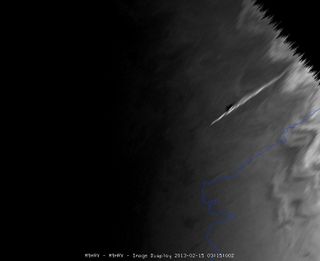
A meteor broke apart and exploded over Russia's Ural Mountains this morning (Feb. 15), injuring hundreds and breaking windows.
As it entered Earth's atmosphere, people witnessing the event filmed the hunk of space rock as it streaked across the sky and shattered into pieces.
This might be the most recent fireball to enter the atmosphere, but it's certainly not the first.
Here are five incredible fireballs caught on video:
Piece of Comet Creates Bright Streak
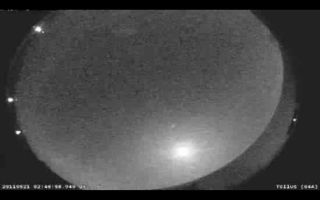
A 3.3 foot-wide (1 meter) piece of what could have been Halley's Comet rocketed through the atmosphere at a blistering 86,000 mph (138,404 km/h).
The video of the fragment shooting across the sky was recorded by a NASA camera in Cartersville, GA on May 20, 2011.
The piece of ice and rock disintegrated 37 miles (59.5 km) above the surface of the Earth.
Texas Meteor Caught on Camera

A dashboard camera on a squad car from the Little River-Academy Police Department in Texas caught this fireball as it fell through Earth's atmosphere on Feb. 1, 2012.
Lick Observatory Fireball
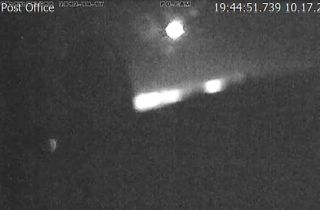
In October of 2012, a meteor was sighted at the Lick Observatory in California.
The fireball wasn't caught on video by observatory cameras, however. Instead, the security cameras responsible for keeping an eye on the observatory itself caught the streaking meteor on film.
Fireball Over Arkansas
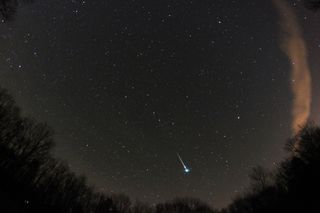
Amateur astronomer Brian Emfinger caught this time-lapse video of the Quadrantid meteor shower on Jan. 2, 2012.
Emfinger captured one particularly bright fireball as it streaked across the sky in Arkansas.
The Quadrantid meteor shower happens yearly when the Earth passes through a trail of dust and debris left behind from a comet or asteroid. Usually the specks of dust are too small to create fireballs, but occasionally one larger piece makes it into the atmosphere, sometimes creating a brilliant light show.
Space Rock Over Georgia
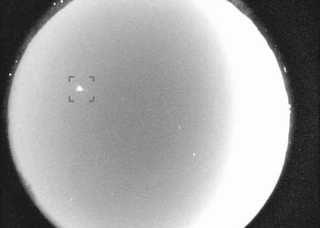
NASA's All-Sky camera in Georgia captured video of a meteor slowly burning up in the night sky.
The video was caught in February of last year when there were multiple sightings of the slow moving space rocks throughout the month. Some of the meteors made it as far as 31 miles (50 km) above Earth's surface.
Join our Space Forums to keep talking space on the latest missions, night sky and more! And if you have a news tip, correction or comment, let us know at: community@space.com.
Get the Space.com Newsletter
Breaking space news, the latest updates on rocket launches, skywatching events and more!

Miriam Kramer joined Space.com as a Staff Writer in December 2012. Since then, she has floated in weightlessness on a zero-gravity flight, felt the pull of 4-Gs in a trainer aircraft and watched rockets soar into space from Florida and Virginia. She also served as Space.com's lead space entertainment reporter, and enjoys all aspects of space news, astronomy and commercial spaceflight. Miriam has also presented space stories during live interviews with Fox News and other TV and radio outlets. She originally hails from Knoxville, Tennessee where she and her family would take trips to dark spots on the outskirts of town to watch meteor showers every year. She loves to travel and one day hopes to see the northern lights in person. Miriam is currently a space reporter with Axios, writing the Axios Space newsletter. You can follow Miriam on Twitter.

